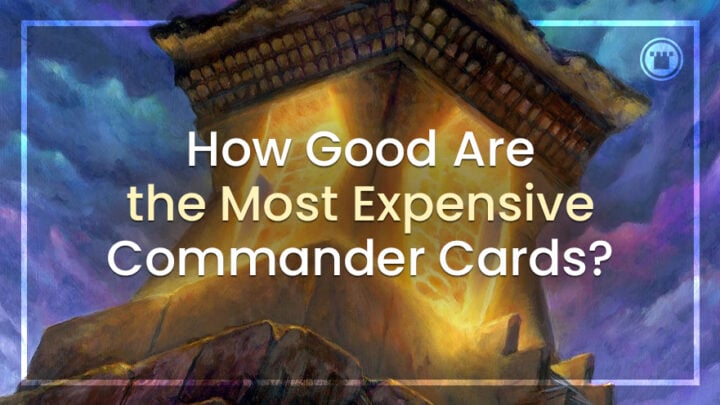Some Magic players may think it’s blasphemy to write this down, but this game we love has always had a pay-to-win element that’s hard to escape. This is even true in social formats like Commander, where paying for the most expensive cards is sometimes all players need to dominate their friends.
Magic creator Richard Garfield may have had innocent intentions when he decided to distribute his new card game primarily through randomized booster packs, and to make stronger and more exciting cards less likely to appear in said boosters than the common chaff. But those decisions have now led us to the point where even the gold-border, collectible, proxy version of Gaea’s Cradle can cost hundreds of dollars. Meanwhile the market value of certain uber-staples seems to rebound as fast as Wizards of the Coast can reprint them.
And since the Commander format allows access to almost every card ever, there’s no way to stop someone who’s willing to pay top dollar from buying their way into an unbeatable S-tier deck… in theory. But while we tend to focus on the most egregious outliers when it comes to the price of power, is it actually true that the cards that impact your bank balance will also have max impact on the tabletop?
SLIGHT RESERVATIONS
The most simple answer to this question is “no,” because 84 of the 100 most expensive Commander-legal cards are on the Reserved List. While cards like Wheel of Fortune, Lion’s Eye Diamond or Metalworker live up to their monster price tags, the majority of these cards have been boosted by speculators and collectors with no regard for their in-game utility.
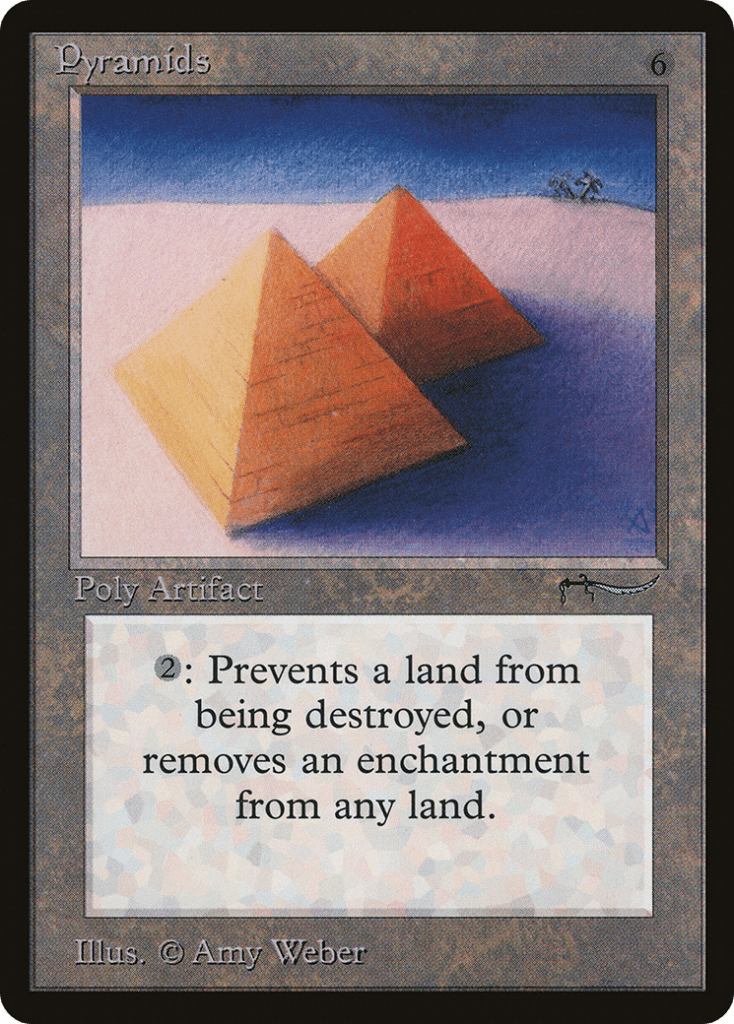
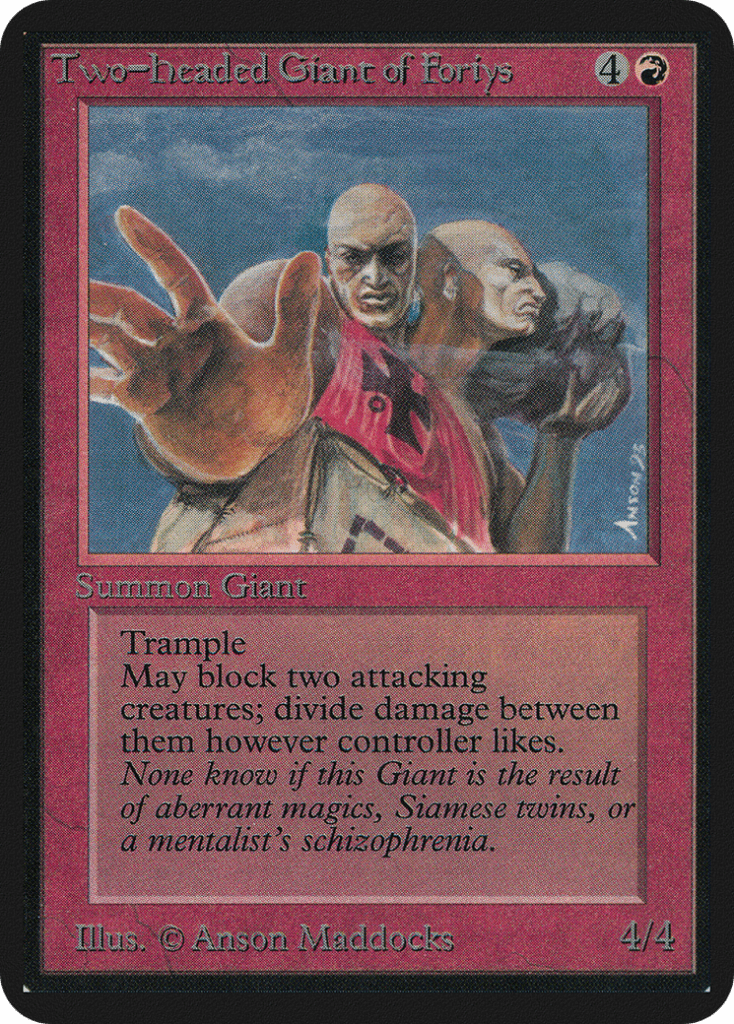
Of the non-RL cards in that top 100, another 14 are from the tiny print runs of the Portal starter sets — predominantly Portal Three Kingdoms. Ydwen Efreet is not officially Reserved, but it’s the only non-RL Arabian Nights rare to never see a second printing during the subsequent 30 years.
That means the only broadly-available card from the top 100 is… Mana Crypt — a card that, for several decades, existed solely as a one-off promo bundled with the original Magic tie-in novels. It has since been reprinted as a $300 judge promo, an $800 Kaladesh masterpiece and as a mythic rare in two of the most expensive Masters sets ever. Yikes.
Mana Crypt is the perfect example of how any player who fronts up $160 can immediately juice their deck of choice’s potential. But that’s the exception to the rule. Most of these Reserved List cards are so bad someone would have to pay you to sleeve them up instead of the other way around!
We could call this article right there and happily conclude there’s no relationship between deck price and deck power level, but that feels disingenuous when nobody is playing these RL cards in the first place. So, let’s re-focus our study on money cards that can actually pull their weight.
SOLID GOLD STAPLES
Eliminating the RL and pseudo-RL cards leaves us with a much more representative-looking high-rollers club. If you want to look at the big picture, you can check out this spreadsheet with the names, prices and printings of these cards. However, we’ll largely be talking about the results in this article, so it’s not required reading.
Anyway, the first thing that strikes me is how successful Wizards of the Coast’s recent reprinting campaign has been outside of RL cards. There are very few playable cards in the format that cost more than $40. The impact of reprints is equally clear when you see that the remaining top-shelf cards haven’t had any, or like Mana Crypt have only appeared as mythic rares in a Masters set.
But power level is very clearly a factor, too. Doubling Season has made its way into six different booster sets at this point, and yet is nearly as expensive as its strictly-worse, single-printing cousin: Anointed Procession.
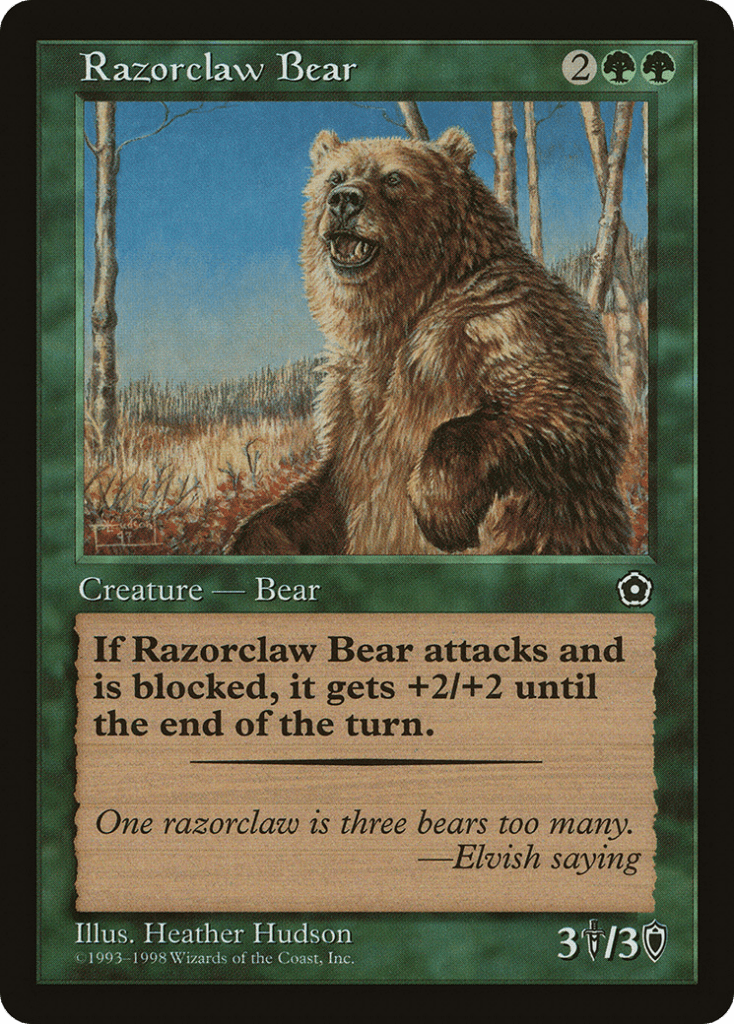
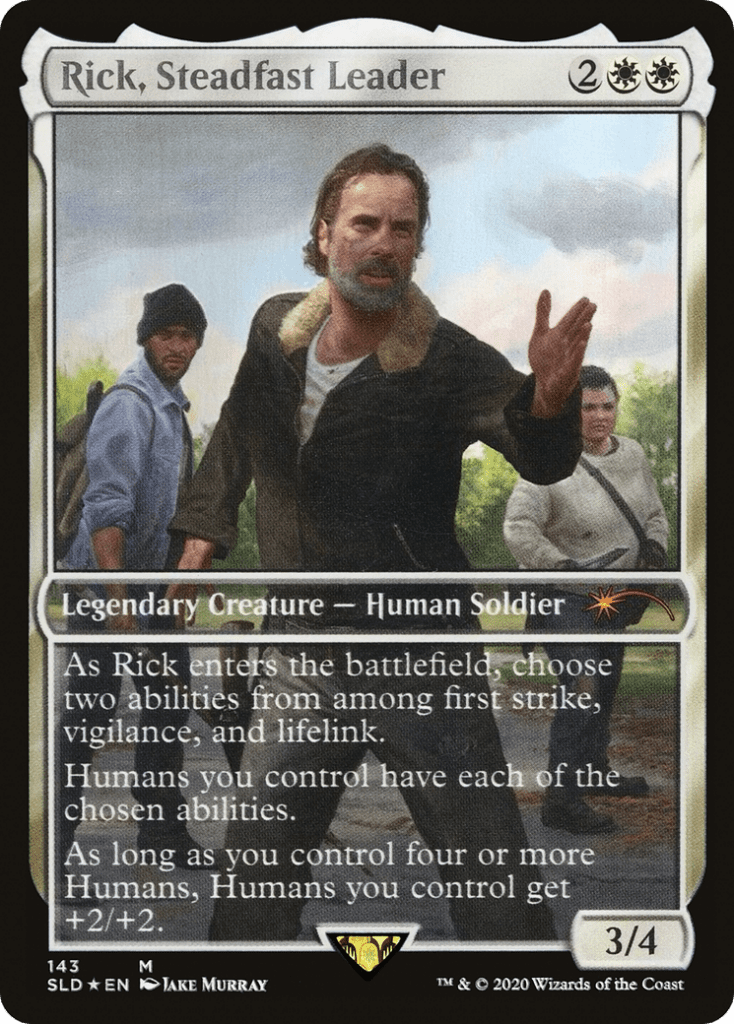
Meanwhile, only two cards stand out to me as being unreasonably inflated by scarcity: Razorclaw Bear is another single-printing Portal oddity, while Rick, Steadfast Leader was (until its Universes Within counterpart appeared) only available from a controversial $50 Secret Lair.
Both cards may find some homes in the appropriate typal decks (I suspect 99% of Razorclaw Bear demand comes from dedicated Ayula players), but I don’t think their market value would hold after even a small-scale reprinting.
Otherwise, it does seem like price and power go hand-in-hand outside the Reserved List. Building a deck exclusively out of your LGS’s display case is more likely than not to result in something competitive! But even that isn’t really answering the whole of the question. Because while dollar value might be a predictor of in-game impact, it’s certainly not a prerequisite.
MOXEN IN THE ROUGH
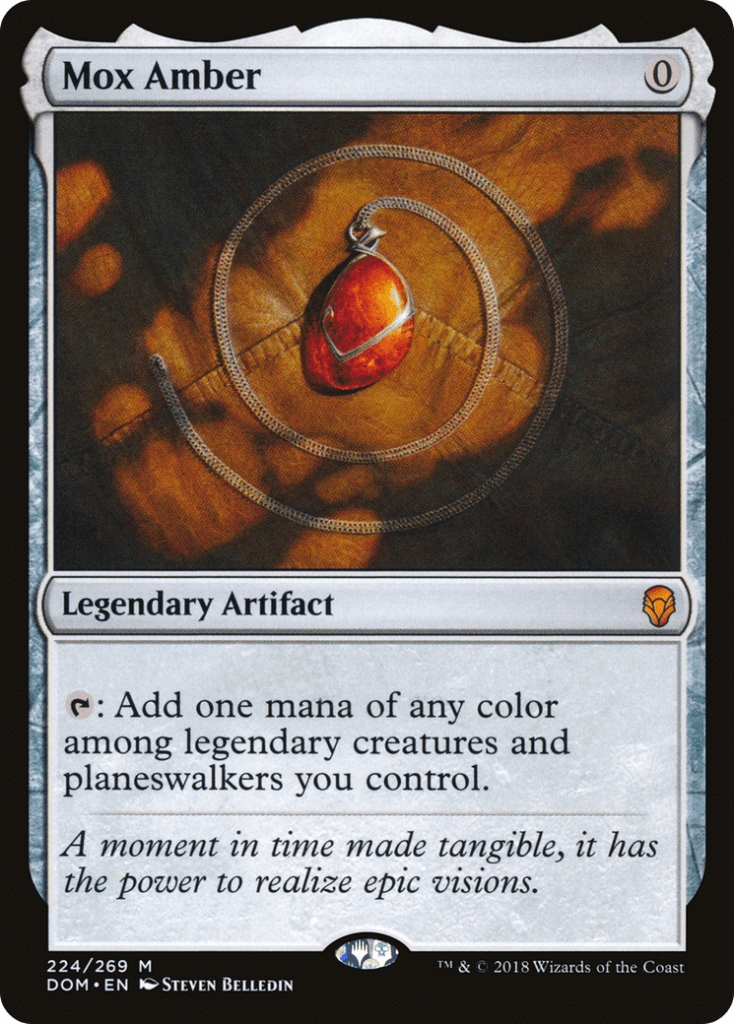
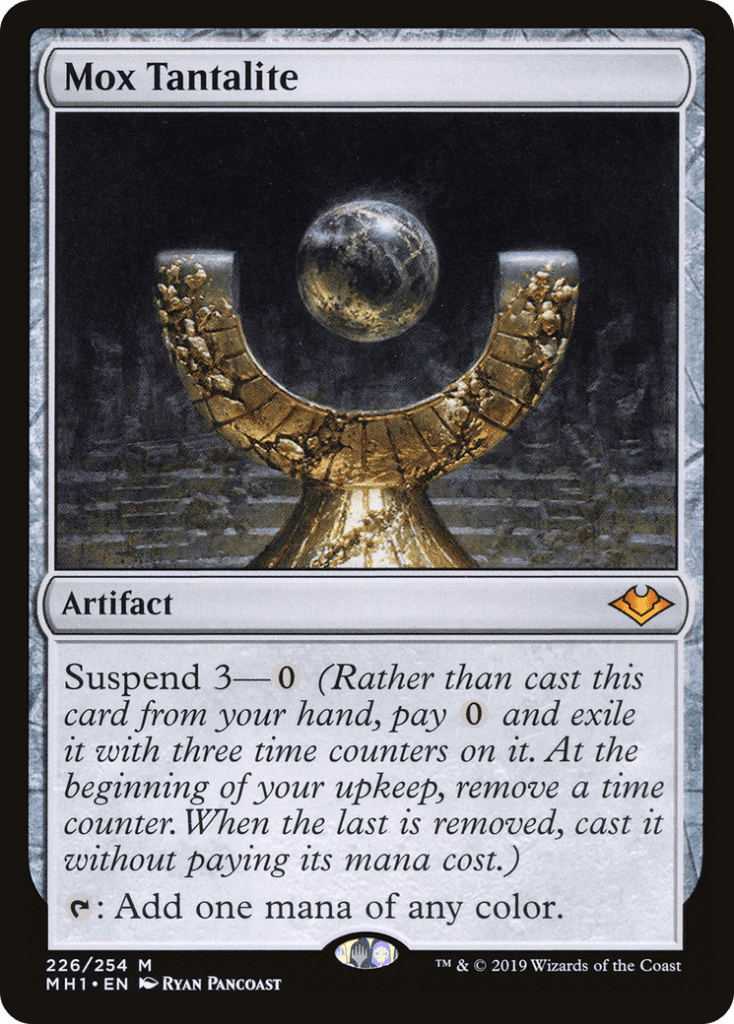
Going through and listing budget alternatives or deck building workarounds for even just the top 20 most expensive cards would be a marathon endeavor well beyond the scope of today’s article (though perhaps not a future one)! Still, there are certainly some big-ticket cards that are genuinely irreplaceable for either their unique effect or raw power level.
The 0-cost mana rocks go at the top of the list with cards like Dockside Extortionist, Painter’s Servant or the mighty Sheoldred following behind. But for the rest, all but the most obsessive optimisers can easily forgo the hip-pocket hit from these cards and grab their value-brand replacements!
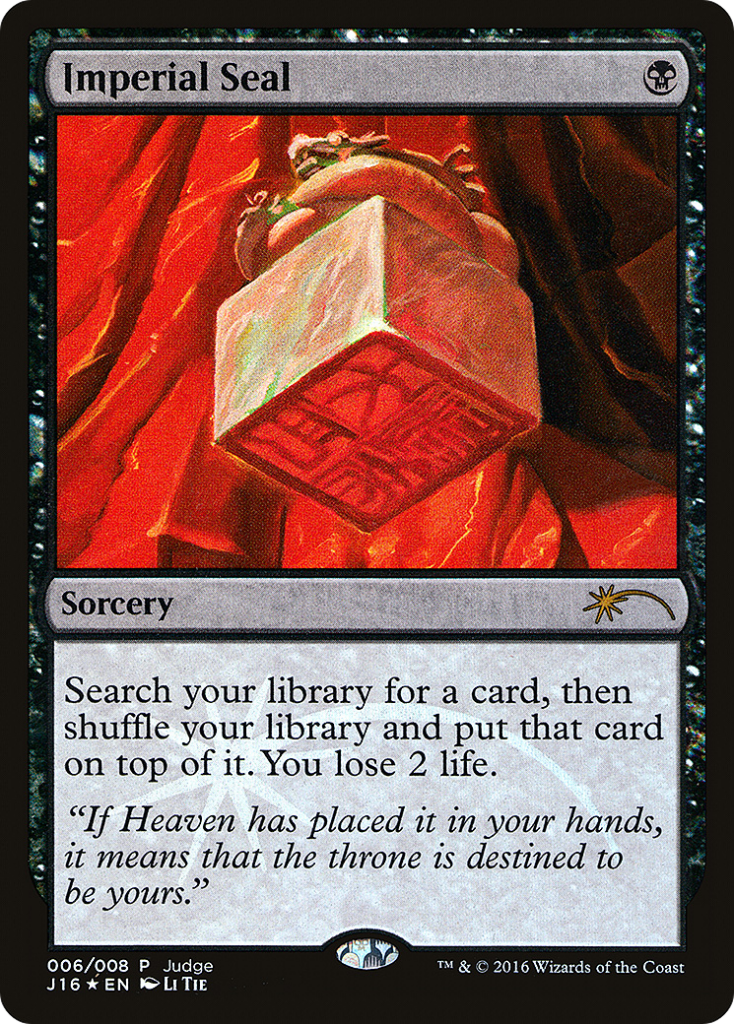
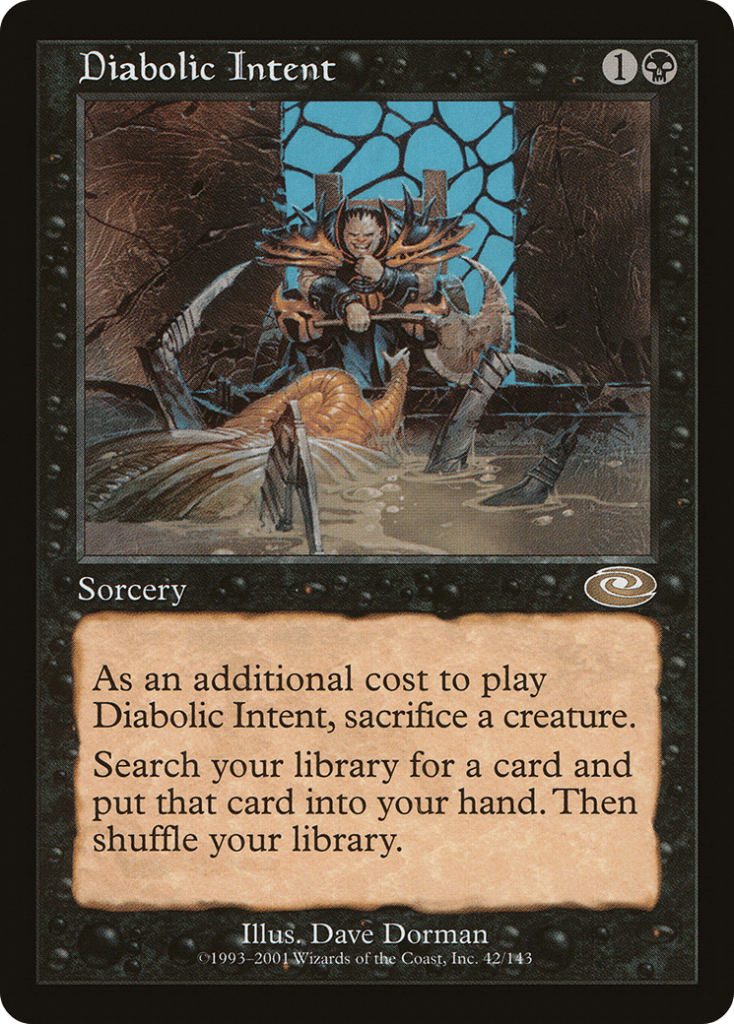
For instance, black has four or five tutors that are arguably better than Imperial Seal — including Grim Tutor, Diabolic Intent and Beseech the Queen. Gamble and Entomb have also come down in price after their most recent printings.
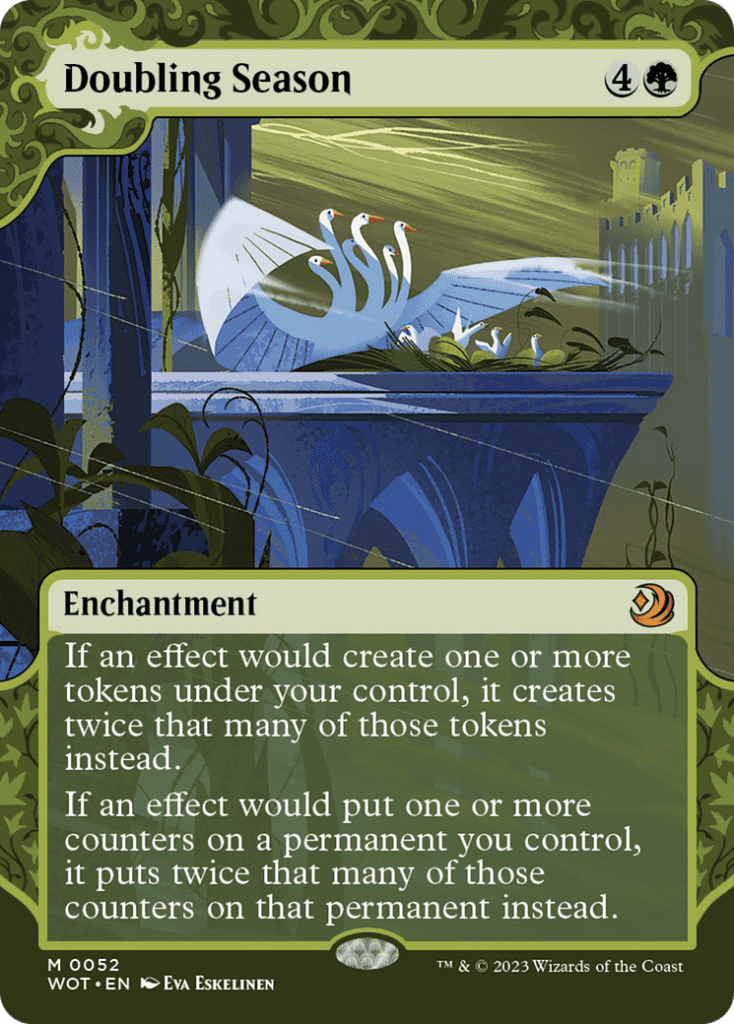
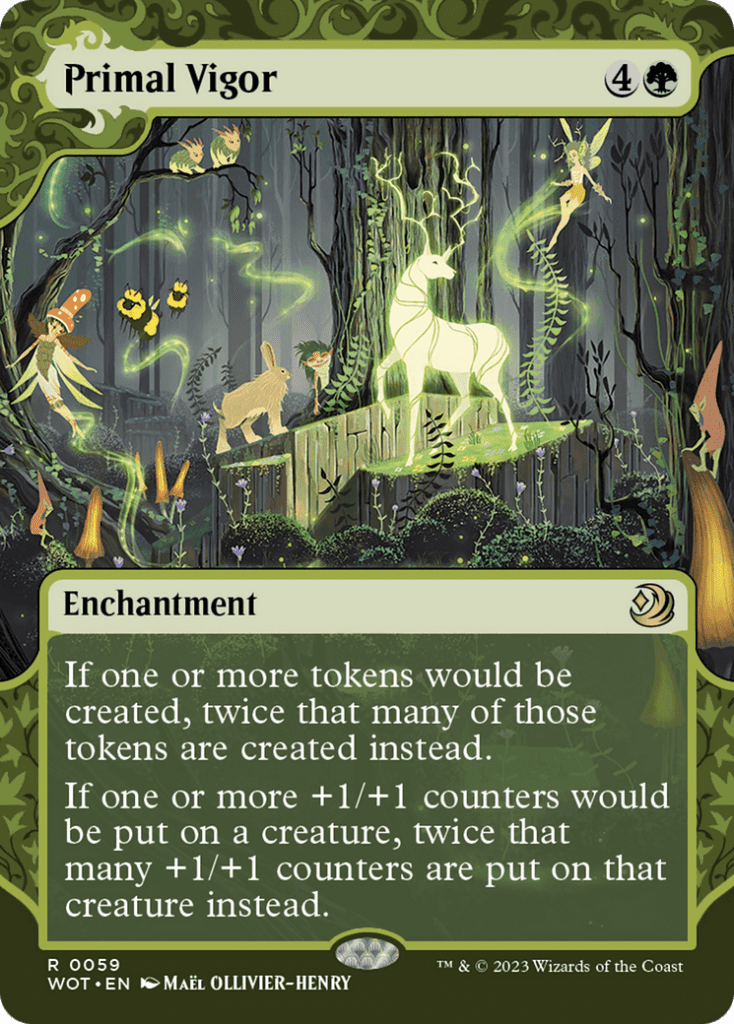
Even a card as iconic as Doubling Season is far from irreplaceable. Primal Vigor is effectively the same card for many decks and has come way down in price after appearing on the Wilds of Eldraine bonus sheet!
And while it’s always good to get redundancy for your build-arounds, there are still several other options beyond Primal Vigor for a more affordable cost. +1/+1 counter decks get Branching Evolution and Corpsejack Menace, token decks get Parallel Lives; Adrix and Nev, Twincasters and Mondrak, Glory Dominus. Even the power-hungry sorts who are specifically trying to double the starting loyalty of their planeswalkers can turn to Vorinclex, Monstrous Raider.
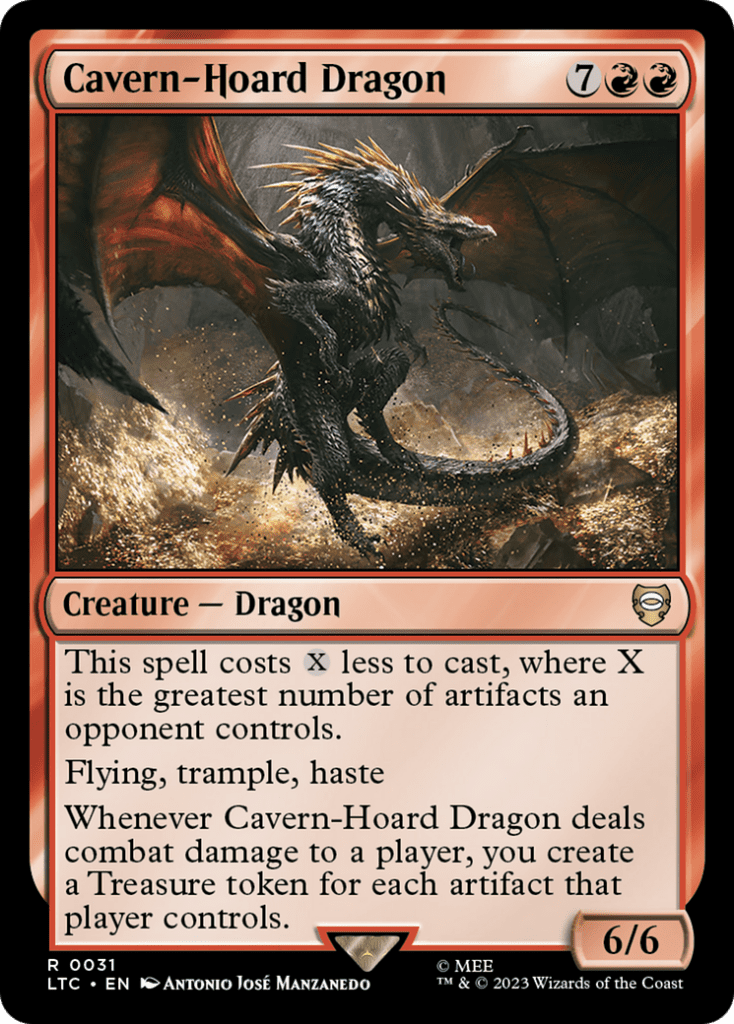
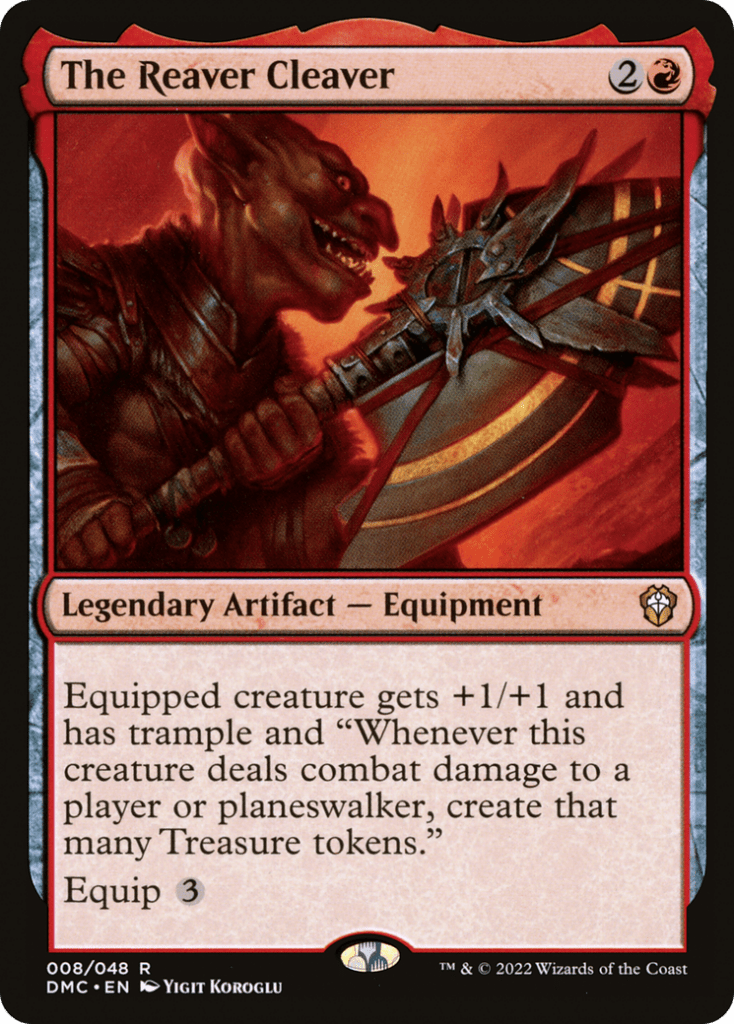
Bulk Treasure creation is an absolute premium effect for the format, but you don’t necessarily need to fork out for Ancient Copper Dragon or the aptly-named Dockside Extortionist. Cavern-Hoard Dragon, The Reaver Cleaver, Pitiless Plunderer and Goldspan Dragon can each generate game-changing amounts of mana for much less money.
PRINTING POWER TO THE PEOPLE
However, the most important story when it comes to Treasure cards is the current affordability of Smothering Tithe.
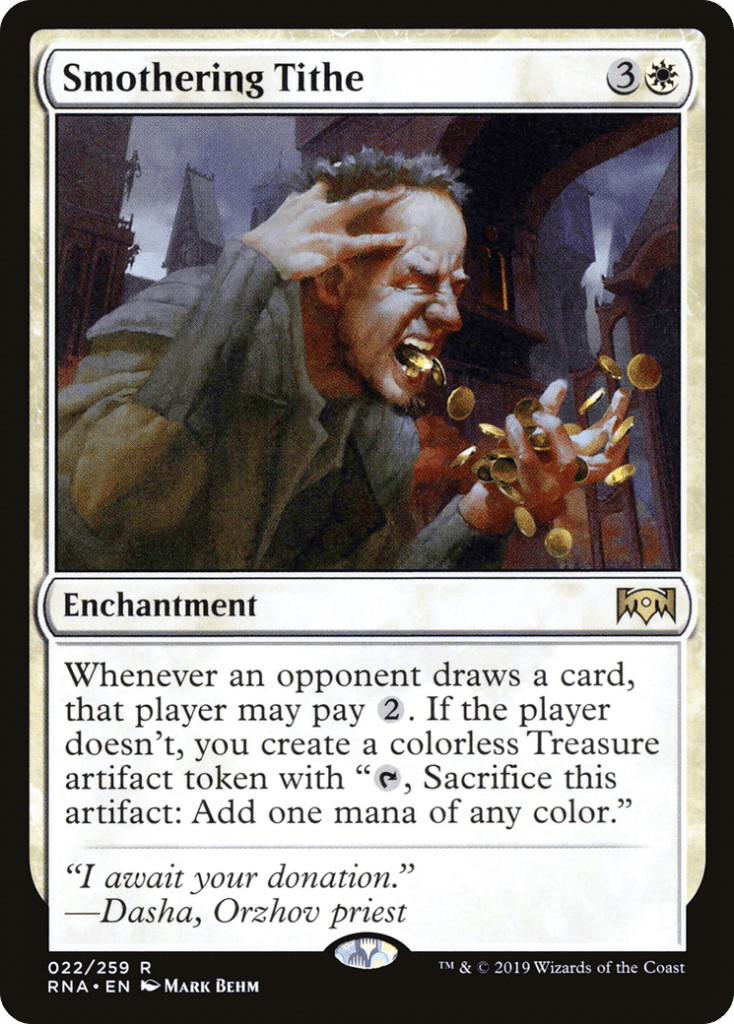
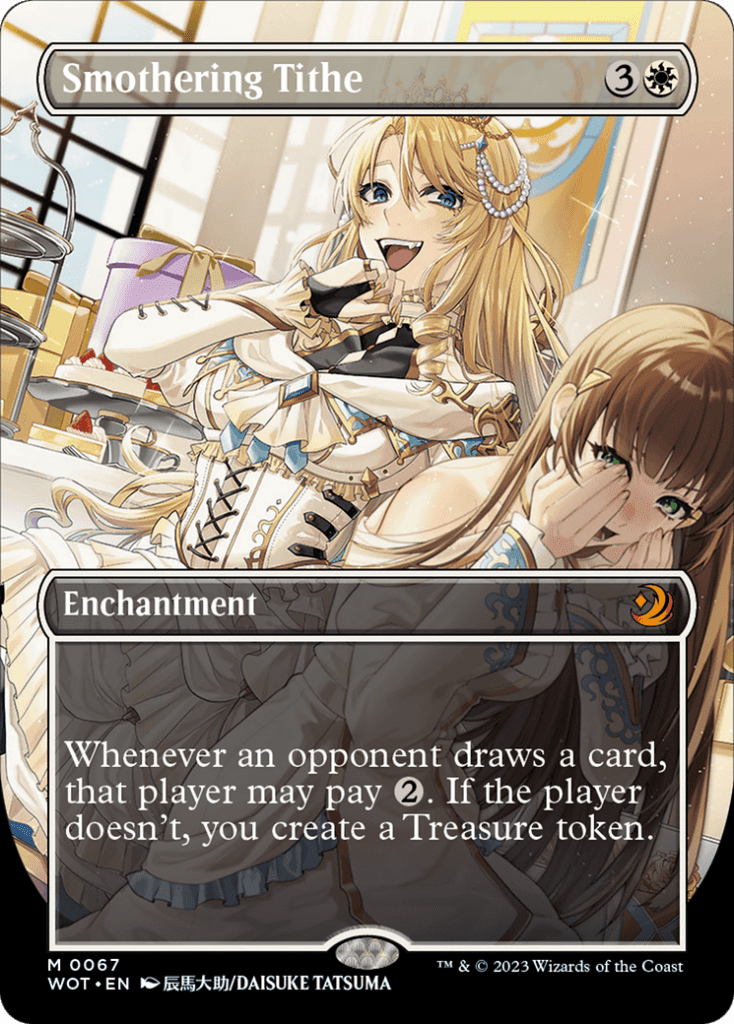
The poster child for modern-day Commander chase rares, it was a $50 card as recently as April 2022. After reprints in Double Masters 2022, Commander Masters and the Wilds of Eldraine bonus sheet, Tithe is all the way back down to $18 at time of publication!

That significant downward trend is repeated across a large number of iconic, powerful Commander cards that would once have made big inroads on our $40-and-up list.
Cabal Coffers, Natural Order, Craterhoof Behemoth, Vedalken Orrery, Entomb, Cyclonic Rift, Vampiric Tutor, Deflecting Swat, Fierce Guardianship, Exquisite Blood, Rhystic Study, Toxic Deluge, Atraxa, Praetor’s Voice and many others have seen their asking price tumble by 50% or more since the market peaked around 2020.
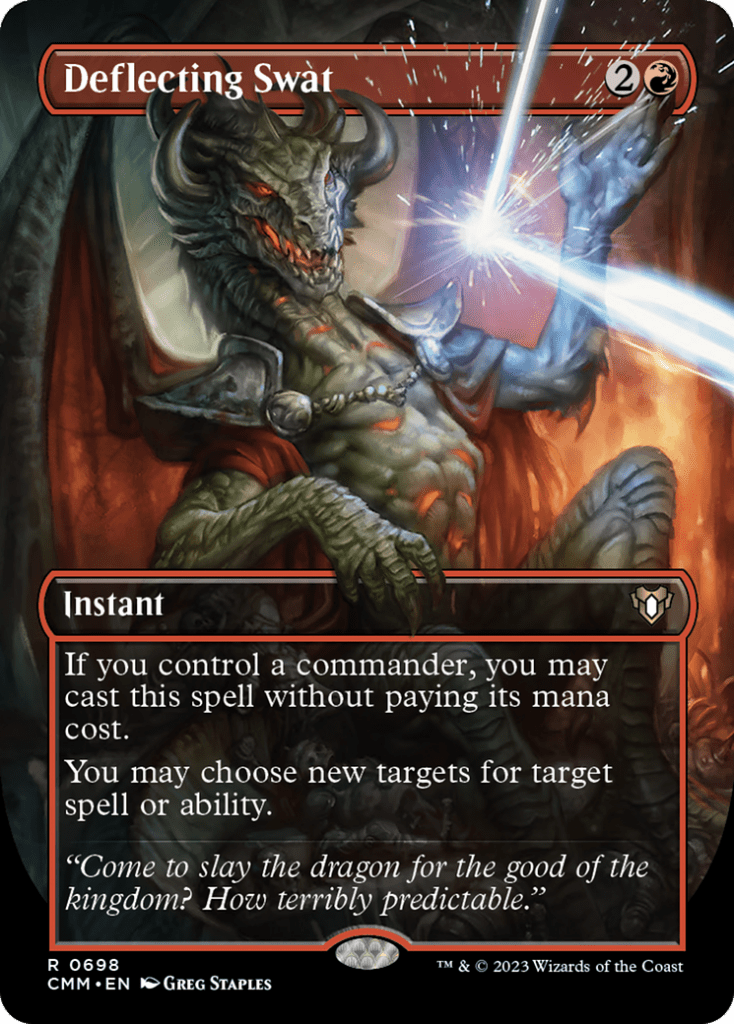
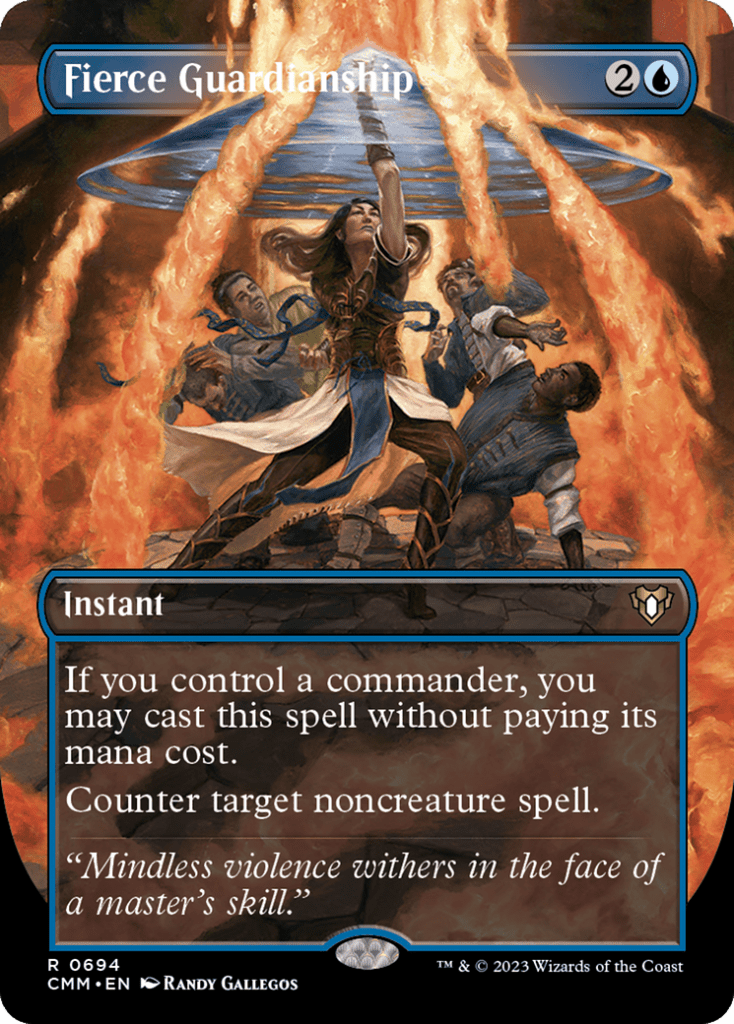
That’s a monumental reversal for the average Commander player spending to keep up with the metagame, and a pretty clear sign as to where “MTG finance” is heading.
Aside from the cards still trapped on the Reserved List, the current pace of printing will continue to erode the advantage one can gain by outspending their opponents — both by lowering the financial barriers around existing staples and by introducing new, power cards that can compete with those staples while being much more accessible.
IN THE FUTURE, WE ALL PLAY BUDGET DECKS
So, if you scrolled down here wanting an answer for the headline question of this article: no, it’s not currently worth the money to splurge on expensive Commander cards. In a couple of months or years, those cards might be available for significantly less cash, and in the meantime you can almost certainly get something close enough for mere pennies on the dollar!
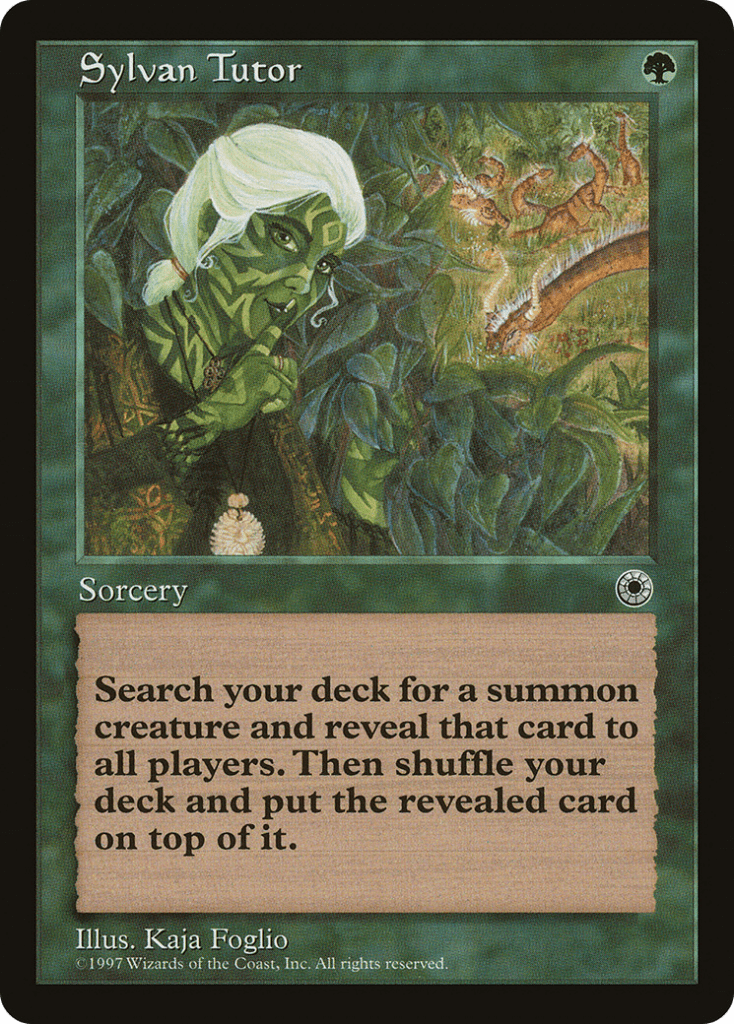
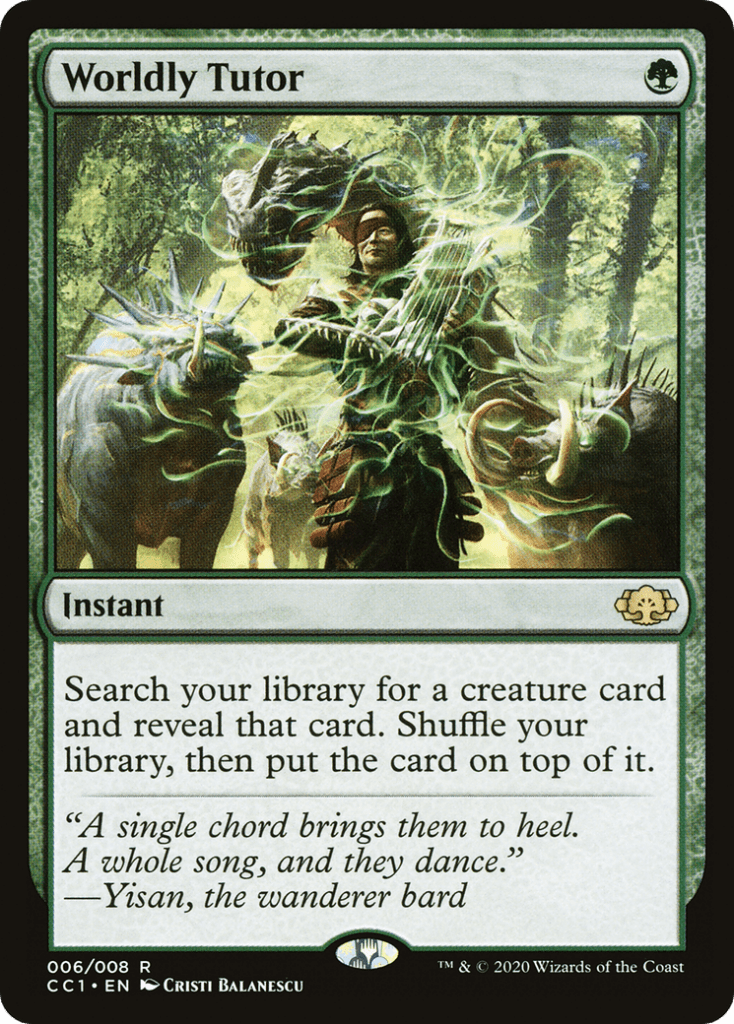
This happy scenario still doesn’t resolve the issue of Gaea’s Cradle and the other genuine bombs from the Reserved List, which drift farther out of reach with each passing year. But remember: the percentage of players who do not own Gaea’s Cradle gets higher every single day. One way or another, Commander must eventually leave its pay-to-win era behind for good.

Tom’s fate was sealed in 7th grade when his friend lent him a pile of commons to play Magic. He quickly picked up Boros and Orzhov decks in Ravnica block and has remained a staunch white magician ever since. A fan of all Constructed formats, he enjoys studying the history of the tournament meta. He specializes in midrange decks, especially Death & Taxes and Martyr Proc. One day, he swears he will win an MCQ with Evershrike. Ask him how at @AWanderingBard, or watch him stream Magic at twitch.tv/TheWanderingBard.

